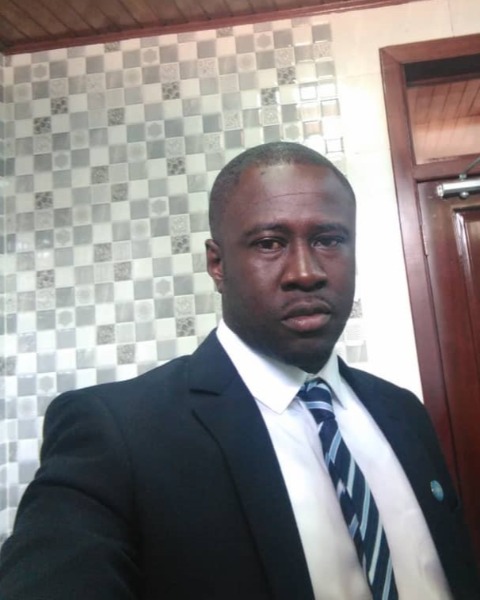Oral
Groundwater Symposium
Groundwater Characterization and Parameter Estimation
Borehole yield estimation from electrical resistivity measurements - A case study of Agru Tempane and Bawku Waet Districts, Upper East Region, Ghana
Monday, May 22, 2023
3:18 PM - 3:36 PM PDT
Room: Del Fuego

Albert Acheampong, Ing.
PhD Candidate (Drilling Coordinator)
KNUST (WORLD VISION GHANA)
Author(s)
Electrical resistivity survey has proven to be an effective tool for groundwater exploration and has been widely embraced to help reduce the drilling of unsuccessful wells. Currently, information from electrical resistivity survey is often used in locating points for drilling, but it does not give indication of the yield of the borehole. The lack of this information therefore sometimes results in the drilling of dry and marginal wells. This study therefore looks at the possibility of using resistivity data, which is readily available from electrical resistivity surveys for groundwater exploration, for estimating the yield of yet to be drilled borehole. The study was limited to the Garu Tempane and Bawku West Districts. Secondary data on Vertical Electrical Sounding (VES) and drill logs for 49 boreholes in the selected districts were used. The thicknesses, apparent resistivities, longitudinal conductance and transverse resistance of the various subsurface layers of the boreholes were determined from drill logs and VES data. Correlations between borehole yields and the third layer apparent resistivity, longitudinal conductance and transverse resistance were then investigated to develop regression models for estimation of the borehole yields. The results showed that the third layer is fractured and contributes significantly to borehole yields in the area; hence the fractured subsurface layer is of primary interest to be considered in groundwater exploration and estimating potential borehole yield from VES data. The results obtained further indicated that apparent resistivity, longitudinal conductance and transverse resistance had good exponential and positive linear relationships with borehole yield.
